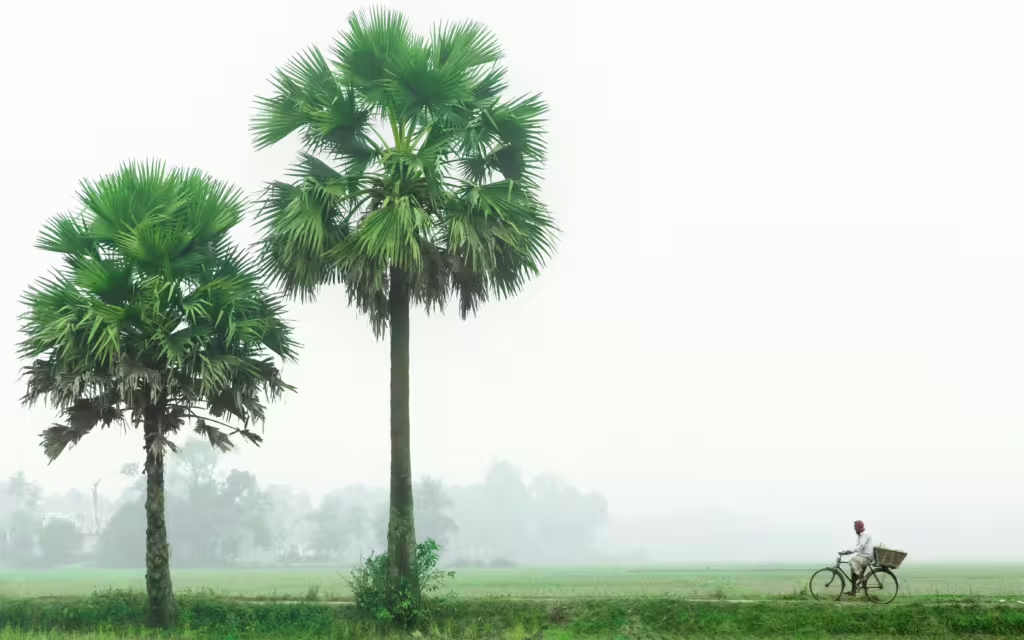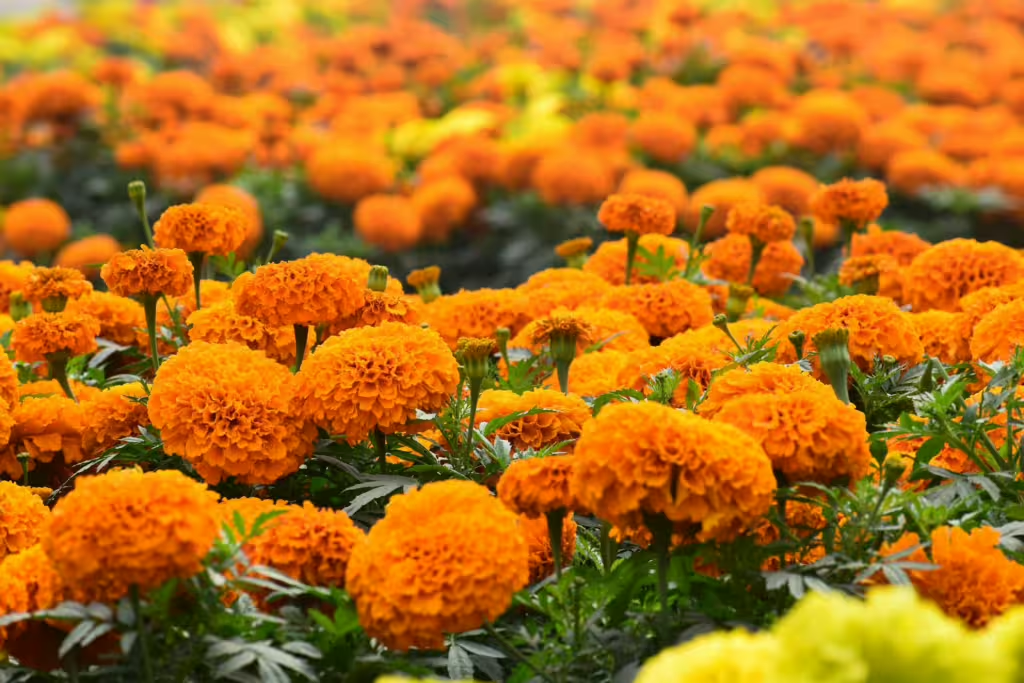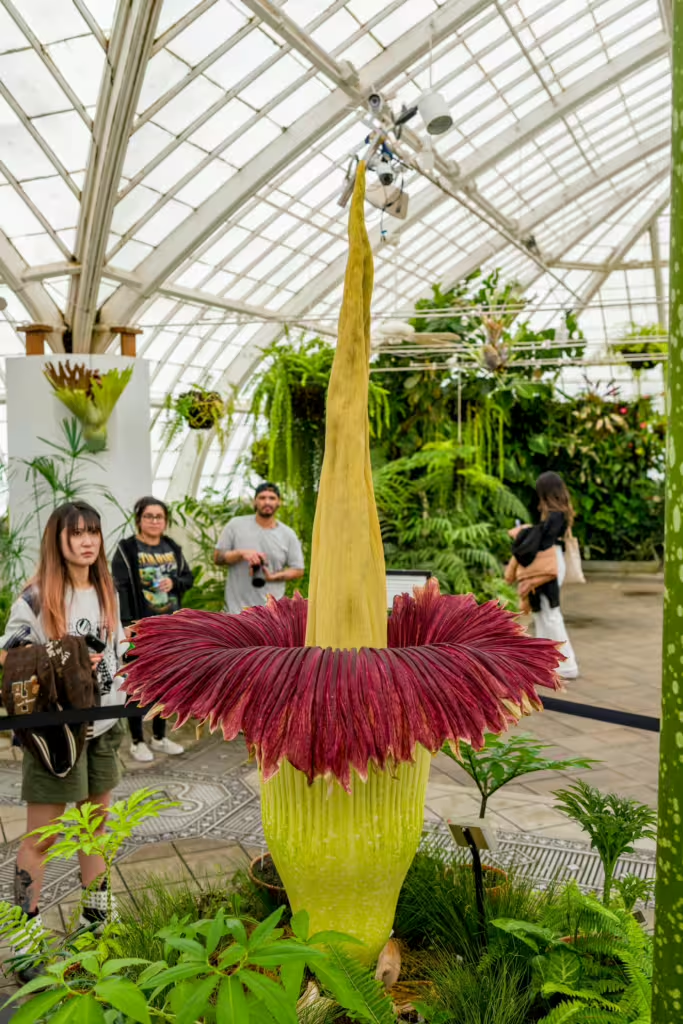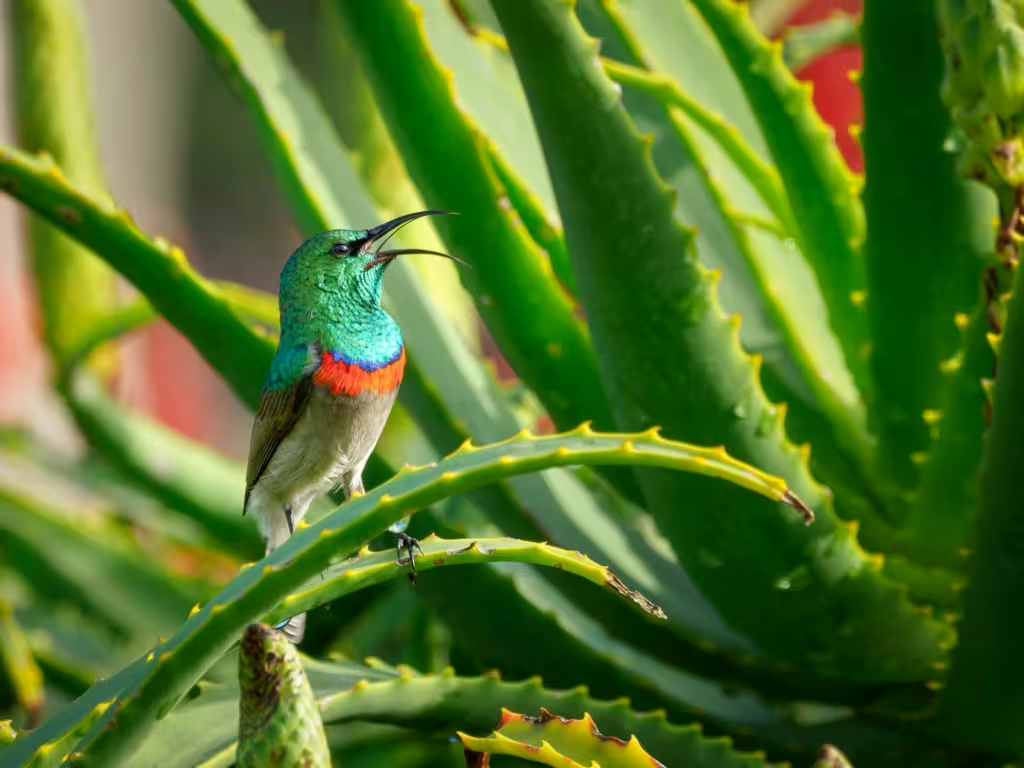Here at True Investigator, we pride ourselves on uncovering the most unusual, offbeat organisms every discovered on this planet. And while there are more than a few animals (including humans) out there with abilities one might consider “super powered” the most remarkable adaptations on Earth belong to plants, not animals. Considering that the vast majority of plants are little more than silent, rooted, overlooked organisms, this might be hard to believe, but trust us on this, plants are weirder and more powerful than you might think.
This is because, over the course of many millions of years, the Earth’s plants have evolved ingenious strategies to survive in environments both inhospitable and not. Plants are as much at home in the blistering deserts as they are in the shadowy rainforest. They can also live and grow in salty seawater or in the frigid tundra. In these varied environments, plants have learned how to glow in the dark, move on their own, repel or devour insects, and even generate electricity!
In this article, we will discuss some of the world’s most amazing superplants. Throughout our journey, we will examine how they have adapted to this vast array of biomes, why their abilities matter, and what they can teach humankind about the nature of evolution and survival.

Glow in the Dark: Bioluminescent and Fluorescent Plants
The Phenomenon of Bioluminescence
Bioluminescence is defined as the biological ability to produce light. In animals, such adaptations are generally reserved for species that dwell in the deep, dark ocean or in whimsical insects like fireflies, but the plant family has produced its fair share of glowing greenery. Now, while true naturally glowing plants are rare, researchers have identified a number of species with the ability to exhibit a faint natural light within their tissues. Most of the time, however, a plant’s ability to grow is due to a symbiotic relationship with either bioluminescent fungi or bacterial communities.
Examples
- Bioluminescent Fungi on Plants: In tropical rainforests, fungi such as Armillaria like to colonize tree roots. These fungi produce a ghostly green glow at night and the spectacle is often referred to as “foxfire.”
- Genetically Engineered Glow Plants: Advancements in scientific are such that scientists have begin transferring genes from bioluminescent organisms into plants like tobacco and ornamental flowers. The result is plants that can glow on their own without the need for fungal symbiosis. The purpose of glowing modifications is presumably for use as street lights in cities, so that electricity use can be curbed.
Glowing is an important adaptation because it can be used to attract pollinators, even at night. The eerie coloration can also deter herbivores.
Bug-Busting Botanicals: Plants That Repel Insects
While some plants want bugs to come on by and help them in pollination, others are concerned that their insectile neighbors might chomp on them. For those latter plants, the secret to their success lies in an all-natural, self-replicating bug repellant. Such repellants only keep pests away from themselves, they can be used to protect humans as well.
Citronella Grass (Cymbopogon nardus)
If you haven’t heard the term citronella in regards to mosquito repellant, then you’ve probably been fortunate enough not to have to deal with the little fellas. Citronella oil comes from the citronella plant, which produces a citrusy scent that messes with mosquitos’ sense of smell. The plant essentially masks our scent so the skeeters don’t know how to locate us as effectively.
Marigolds (Tagetes spp.)
Amateur and expert gardeners alike understand that marigolds are the key to keeping one’s vegetables bug-free. This is because marigold roots release chemicals that repel nematodes, and their scent deters aphids and whiteflies. Planting them alongside vegetables keeps plant-eating insects out of garden beds and away from your prized tomatoes.
Both of these plants, and many others, produce potent chemical cocktails, allowing the plants to defend themselves against hungry insects. In addition, such plants provide humans with eco-friendly pest control solutions.
Plants That Generate Electricity
We have all heard of the electric eel, an animal that is capable of shocking its prey with an 800 watt electric jolt, but did you know some plants are capable of similar feats? We should be clear, plants don’t create sparks on their own, but certain ones can interact with their environments in such a way that it either mimics or supports electricity.
The Electric Daisy (Acmella oleracea)
The Electric Daisy isn’t just a music festival, it is a shockingly interesting plant. Sometimes called the “toothache plant,” the flowers of this plant produce a numbing, tingling, electric-like sensation when chewed. This effect is caused by spilanthol, a compound capable of stimulating nerve endings.
Venus Flytrap (Dionaea muscipula)
How exactly does a Venus flytrap or other such carnivorous plant clamp its jaws shut on flies? Well, through tiny nerve impulses; essentially, internal electricity. Plants like these use the tiny trigger hairs on their leaves to detect prey. When those hairs are touched twice in quick succession, the trap snaps shut via bioelectrical impulses—similar to the nerve signals in humans and other, more motile animals.
Energy-Harvesting Plants
Did you know that some scientists are currently experimenting with harnessing electricity from living plants and soils? That’s right, the current thinking is that even the small electrical currents generated by photosynthesis can be captured for powering sensors or devices. The idea is that large, water-based plants, such as rice paddies and mangroves, could become living bio-batteries.
Surviving the Extremes: Super-Resilient Plants
Plants are found in every climate on the planet. We have found plants that live in boiling hot springs, frozen tundras, and parched deserts. The plants in the section below, adapted to surviving extreme drought, cold, and high salinity, demonstrate the flexibility of plantlife on the planet Earth.
- Saguaro Cactus (Carnegiea gigantea): These giant cacti are able to store thousands of gallons of water within its massive stems. In addition, the shallow roots of the Saguaro are widespread through the neighboring soil in order to capture water from infrequent, sudden rainstorms.
- Lichens: Using a strange partnership between fungi and algae, lichens are able to survive freezing conditions. This relationship also enables them to survive desiccation and even radiation. Heck, they can even survive in space, which is why they are often used in space experiments.
- Mangroves: Caught somewhere between land and sea, mangroves thrive in the salty coastal waters of their home ecosystems. They manage this by being able to filter salt through their roots, which they then excrete through their leaves. Few plants are capable of such an amazing feat.

Plants That Move: Rapid Responders
Though most plants are scrupulously static, some move rapidly enough to astonish onlookers.
Mimosa Pudica (The Sensitive Plant)
The amazingly responsive leaves of the Mimosa Pudica, otherwise known as “the sensitive plant” actually fold instantly inward upon touch. This is a way of deter herbivores and/or dislodging nibbling insects.
Telegraph Plant (Desmodium gyrans)
The small leaflets of the Telegraph plant visibly twitch and rotate throughout the day. Scientist posit that this is a way for them to optimize light capture. Others believe it is a way for them to deter insects.
Plants With Healing Superpowers
Humans can utilize the superpowers of our plants as well. In fact, we have been using them in folk medicine for many thousands of years. In many cases, compounds found in plants are still used today to derive new healing compounds, medicines, and treatments for disease, infection, or even certain cancer.
Aloe Vera
The thick, soothing gel found inside aloe vera plants helps to heal burns and moisturize skin. This is due to compounds within the gel that have potent anti-inflammatory properties.
Willow Bark (Salix spp.)
This ancient, healing plant contains salicin, the natural precursor to modern aspirin. If you’ve ever heard about it in television or movies, you know that it has been used historically to relieve pain and fever.
Conservation of Superplants
Sadly, many of these most extraordinary plants are endangered. The reasons are nothing new and the culprits are, as always, us. Habitat loss, climate change, and overharvesting are all responsible. Moreover, there are no easy ways to combat these issues. Sure, we can do our best to conserve habitats, support sustainable harvesting, and promote awareness, but such efforts are too slow to combat the rapid losses. Unless something major changes in the way we interact with our environment, these plants are not likely to be super for much longer.

True Investigator Says…
As you can see, the world is full of plants with superpowers that are more than worthy of their own comic book! At the very least, these amazing adaptations remind us that nature is more inventive than we realize, and may well be the inspiration for the superheroes that we have come to know and love over the years. Through their many evolutionary exploits, plants have been able to endure great ecological hardship and thrive in environments that we may not expect. The next time you pass a mild-mannered shrub along the sidewalk, take a moment to consider it; you never know what super secrets might be lurking beneath its humble leaves!
Discover more from TrueInvestigator
Subscribe to get the latest posts sent to your email.


